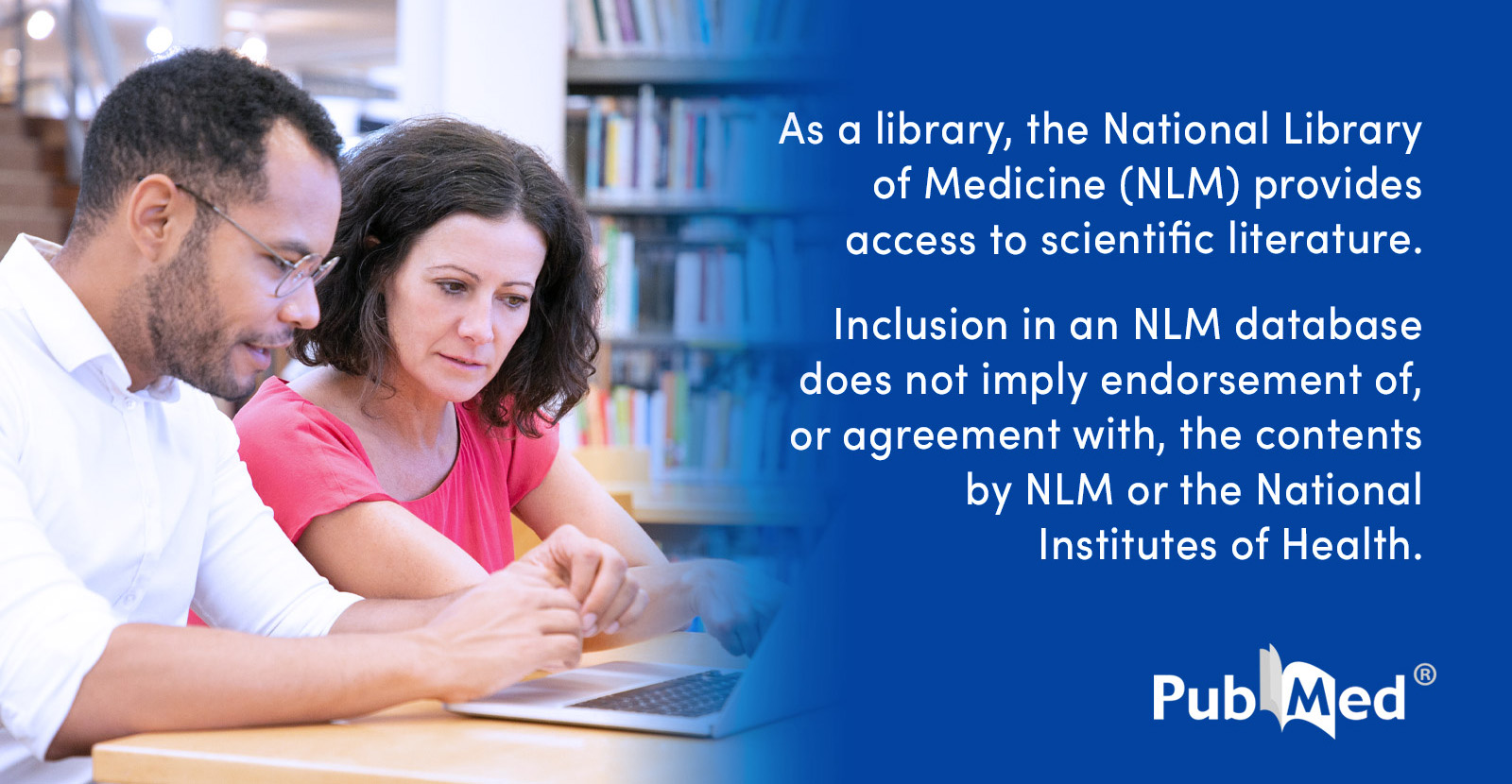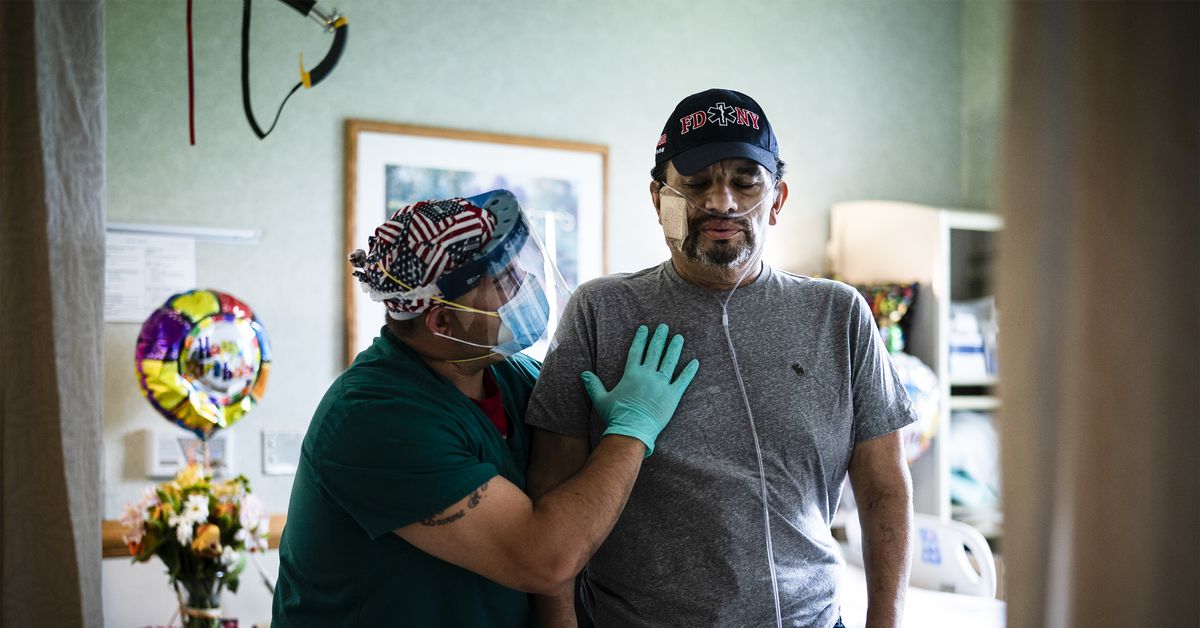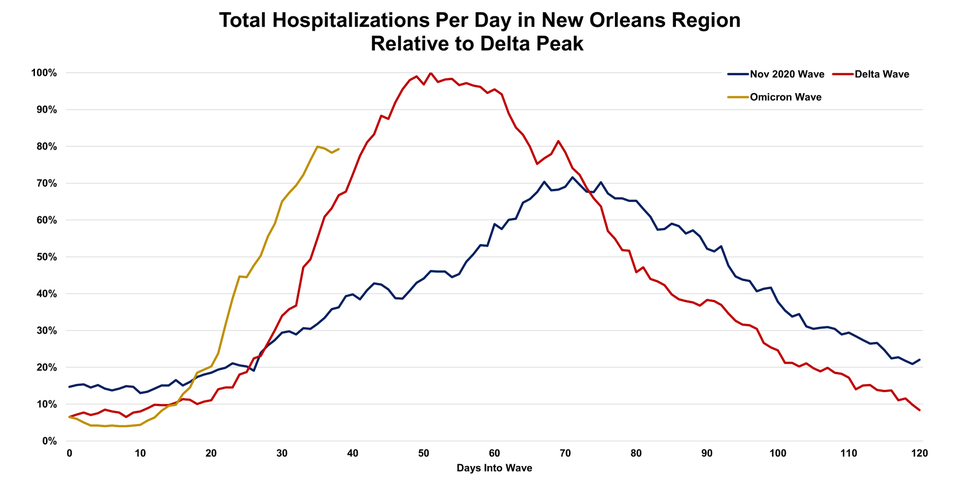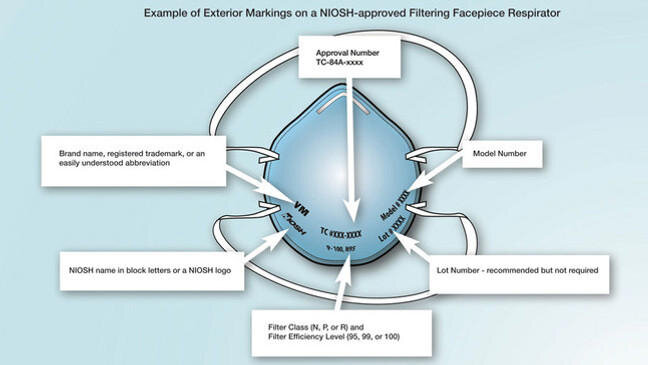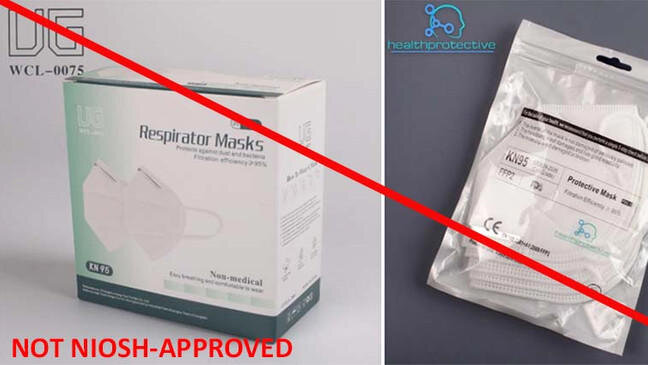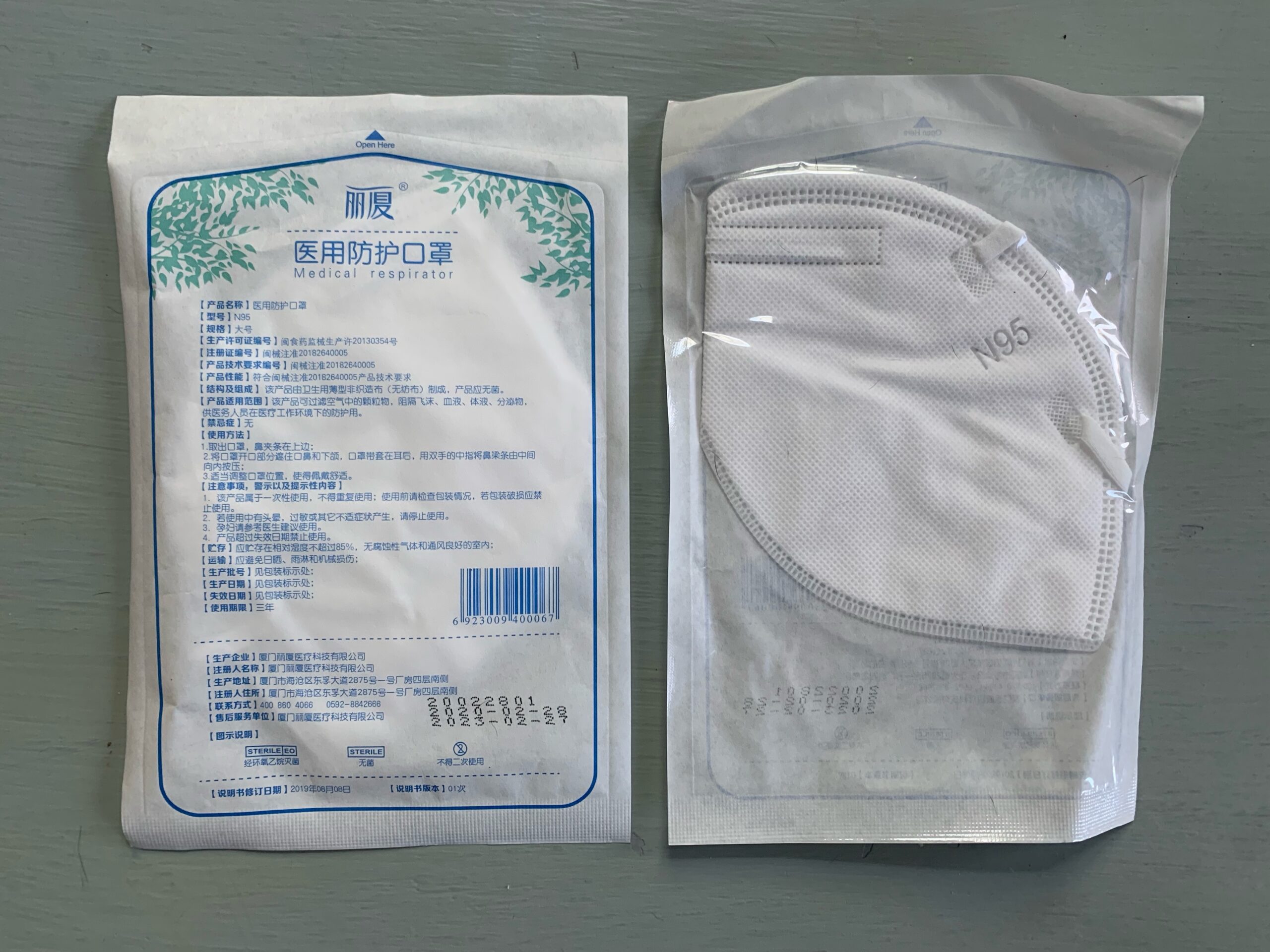bclemms
More than 15K posts served!
Online
No need. At this point we can just glance at each other, give a nod and nothing else is needed.We paid a very heavy price. I can't say how I really feel here without getting political. I will say I follow our 2 Senators
and my district reps FB pages and it's obvious most of their followers are still fighting the civil war.




